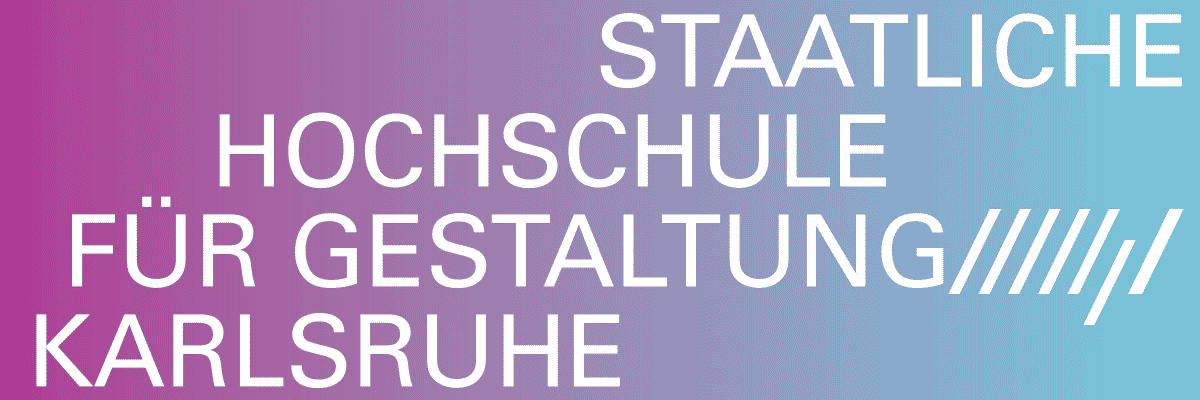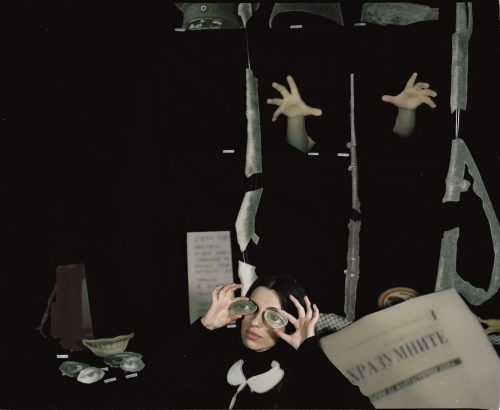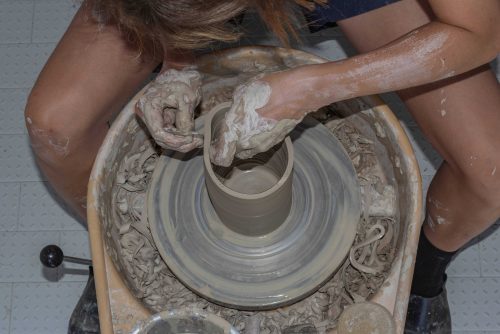
Hélène Padoux, Julie Monot, Daniela Corbascio, Rustan Söderling, Elvira Corbascio
Don't Argue At My Funeral
Project Info
- 💙 Like A Little Disaster
- 💚 Like A Little Disaster
- 🖤 Hélène Padoux, Julie Monot, Daniela Corbascio, Rustan Söderling, Elvira Corbascio
- 💜 Like A Little Disaster
- 💛 Like A Little Disaster
Share on

Hélène Padoux, One season after another (2024) - Acrylic on OSB wood, satin varnish 163cm x 158cm
Advertisement

Hélène Padoux, One season after another (2024) - Acrylic on OSB wood, satin varnish 163cm x 158cm

Hélène Padoux, One season after another (2024) - Acrylic on OSB wood, satin varnish 163cm x 158cm

Hélène Padoux, One season after another (2024) - Acrylic on OSB wood, satin varnish 163cm x 158cm

Don't argue at my funeral, Installation view. (Daniela Corbascio, Julie Monot)

Daniela Corbascio, Safety, 2025, Rust on galvanized metal plate, enamel 225,5 x 131,5 cm. (260 cm diagonal)

Don't argue at my funeral, Installation view (Julie Monot)

Julie Monot, Bloom (Silence) 2025, ceramics, variable dimensions.

Julie Monot, Bloom (Silence) 2025, ceramics, variable dimensions. Detail

Don't argue at my funeral, Installation view. (Daniela Corbascio, Julie Monot)

Julie Monot, Bony, Glazed sandstone, Local soil, Variable dimensions, 2022/2025

Julie Monot, Bony, Glazed sandstone, Local soil, Variable dimensions, 2022/2025 (Detail)

Daniela Corbascio, Don't argue at my funeral, 2025. Found photographs on mdf processed by weather and natural agents 350 x 210 cm. (60 x 44 cm each)

Daniela Corbascio, Don't argue at my funeral, 2025. Found photographs on mdf processed by weather and natural agents 350 x 210 cm. (60 x 44 cm each). Detail.

Don't argue at my funeral, Installation view. (Rustan Söderling, Elvira Corbascio)

Don't argue at my funeral, Installation view. (Rustan Söderling, Elvira Corbascio)

Don't argue at my funeral, Installation view. (Rustan Söderling, Elvira Corbascio)

Rustan Söderling, Let Me Speak to the Driver, 2019, 29:56, HD video

Rustan Söderling, Let Me Speak to the Driver, 2019, 29:56, HD video

Elvira Corbascio, Apocalipse (Left) Gei Innom (Right) 2025, Acrylic and Wax on Canvas Dimensions: 70 x 100 cm.
The idea of the end of the world has always been a subject of reflection for the human species, which has transposed it into cinema, literature, and art in an attempt to master, synthesize, and understand it. Because the apocalypse should lead to a revelation – from the Greek kalýptein, meaning to remove the veil, to unveil; or perhaps, more simply, dealing with the apocalypse would serve to exorcise a shared fear, as talking about it, in a superstitious way, distances the possibility of it happening. Perhaps, by witnessing its destruction, we might finally be able to see what the world is truly like.
“Perhaps in the world's destruction it would be possible at last to see how it was made. Oceans, mountains. The ponderous counterspectacle of things ceasing to be. The sweeping waste, hydroptic and coldly secular. The silence.”
"Don't Argue At My Funeral" seeks to explore the concept of the end (and its opposite, the beginning, the new beginning. The alpha and the omega). Within an interconnected and agentic mesh, the project juxtaposes different perspectives, creating cells where it is possible to experience the mutual connections between the biotic and the abiotic, between cybernetic life and physical death, between the tangibility of physical limits and the illusion of a perpetual scroll. These satellites would want to provide a means to reflect on the threat of global disaster, collective suicide, and the desire for resurrection, or on the unsettling shadow cast by the future.
Through religious and animistic visions, as well as conceptual, posthumanist, transhumanist, and ecological theories and practices, the project attempts to experiment with transcending the limit, posing questions such as: What do we find beyond the end? And beyond death? Does death necessarily represent the end, or can we consider the possibility of being simultaneously alive and dead, or neither alive nor dead, outside the gaze of the other? Has the end of the world already occurred, is it occurring, or will it occur? If, as Heidegger asserts, by "world" we mean "a totality of meaning," then it has never truly existed. There are only portions of the world, those with which we engage from time to time. Is it therefore a matter of coming to terms with this end—which is always, at the same time, (another/first) beginning? Does being able to already see the world in the light of the final catastrophe mean seeing it as it will one day appear or recognizing its morphological contemporaneity with us?
"Don't Argue At My Funeral" brings together the practice of five artists who, through works specifically conceived and created for the exhibition, engage with the idea of the eternal cyclicality of life and death, as well as that of change and metamorphosis understood not only biologically or symbolically, but as a radical experience of the limit: a double movement between affirmation and dissolution, between the beginning and the end, which do not oppose each other but rather feed each other. A perpetual oscillation between persistence, resistance and survival, not as simple strategies of permanence but as matrices of new possibilities, as a movement that regenerates itself in the confrontation with the limit, in the ability to inhabit the threshold between what ends and what can still become.
*The exhibition is mentally/spiritually supported by @wecroakapp
WeCroak is an app that each day sends you five invitations at randomized times to stop and think about death.
It's based on a Bhutanese folk saying that to be a happy person one must contemplate death five times daily.
https://www.wecroak.com/
Like A Little Disaster




